
In 2021, through the initial survey process, it was determined that: The Geopark in Lang Son contains many typical values of geological heritage and archaeological values.
Among them are heritage sites with important values in the international and global reference system. According to Associate Professor, Dr. Tran Tan Van, former Director of the Institute of Geosciences and Minerals, Head of the UNESCO Global Geoparks Subcommittee in Vietnam, the geology at the Lang Son UNESCO Global Geopark (Park) is mainly formed from carbonate terrigenous rocks and mafic-acid terrigenous rocks dating back about 72 to 540 million years, classified into 24 geological formations, of which 15 formations were first established in Lang Son province.
Tectonic movements have contributed to the completion of the Park's continental floor, creating the diverse heritage and landscapes we see today.
The history of the evolution of life is diverse and continuous.
Right from the first surveys when arriving at the Park, with 500 locations identified and evaluated, researchers found 180 locations recording the appearance of a series of fossils and geological units of different origins and ages.
All these traces are shown on the terrigenous, volcanic, carbonate and metamorphic rock layers, in which there are especially many fossils of paleontological species found for the first time in Lang Son. Associate Professor, Dr. Tran Tan Van said: “From about 540 million years ago, Lang Son UNESCO Global Geopark has carried within itself a complete, continuous and consistent flow of geological evolution. Accordingly, the process of life evolution is also clearly expressed through the dense fossils of animals and plants discovered at many heritage sites”.
From in-depth research, the Geopark Management Department under the Center for Investment, Trade and Tourism Promotion of Lang Son province has organized and built suitable sightseeing routes, recreating a panoramic picture of the evolutionary history of the sacred land.
Typical examples include: "Memory of the sea" from the Cambrian period over 500 million years ago in Vu Le commune; "Ancient life under the ocean" in Bang Mac commune; fossils from 220 to 360 million years old are displayed at the Stone Ammonite World, Ban Khieng Waterfall, Mau Son commune... In particular, the fossil complex discovered in Na Duong basin is considered very important, with global research value.
Na Duong Basin - a window into the ancient world of lagoons
The Na Duong Depression was formed about 40 million years ago. The depression is about 570 meters thick, of which the Na Duong formation below is about 240 meters thick, transitioning to the Dinh Chua formation above, about 300 meters thick.
Expert Nguyen Minh Chuyen, Lang Son Provincial Museum, shared that during the coal mining process, workers discovered many fossil specimens dating from 5 to 40 million years old.
Thousands of fossilized tree trunks were found along with many animal fossils, opening a chain of research on the ancient ecosystem in the area. They are all typical evidence of life in the river-lake-swamp-tropical forest ecosystem of Southeast Asia.
At the same time, the sites with many fossils are also evidence for the appearance of the first modern mammals on Earth. With its particularly important geological-paleontological values, the Na Yang basin is evaluated by international scientific publications as a "window" into the Eocene ecosystem of Southeast Asia, a "key" to help enter the evolutionary process of Paleocene basins. The biogeographical relationship between Eocene mammal populations from Na Yang and the Mediterranean region, Europe also shows that Southeast Asia was the source area for intercontinental dispersal.
Currently, Na Duong Coal Company and local authorities in coordination with Lang Son Province Investment, Trade and Tourism Promotion Center have built a tourist area called "Na Duong Lake World" to serve tourists and researchers.
Early traces of humans
Confirming the traces of ancient humans recorded in the Park, Associate Professor, Dr. Tran Tan Van said that in Tham Khuyen - Tham Hai cave, Keo Leng cave, Tham Khach cave and many other caves in Bac Son mountain range, fossils of Homo erectus dating back 500,000 years were discovered. The discovery marks this area as one of the earliest cradles of ancient humans.
Previous surveys have shown that the Bac Son limestone mountain range has a system of about 170 caves with high density, which are still well preserved and have high tourism exploitation value. The caves are mainly distributed at the boundary between the Bac Son limestone formation and wide tectonic valleys such as Tham Khuyen - Tham Hai cave, Chua Tien cave, Tam Thanh - Nhi Thanh cave, with cave entrances not too high. This could be one of the favorable conditions in choosing a place to live and reside for animals and prehistoric people from the beginning.
This is considered an important discovery, reinforcing the assertion that Bac Son Valley is one of the earliest cradles of ancient people. The continuous development that followed became the birthplace of the Bac Son Culture and the Mai Pha Culture, famous in Vietnamese archaeology.
Implementing the resolution of the Provincial Party Standing Committee on preserving, embellishing and promoting the value of Lang Son UNESCO Global Geopark in the period of 2025-2030, in recent times, the Lang Son Provincial Investment, Trade and Tourism Promotion Center has carried out many scientific research and international cooperation programs to contribute to protecting the geological environment and landscape in parallel with socio-economic development; affirming the potential and position of Lang Son province in particular and Vietnam in general; opening up opportunities for Lang Son to become an attractive and responsible destination in the Global Geopark Network.
Source: https://nhandan.vn/vung-dat-ke-chuyen-thoi-gian-post923197.html




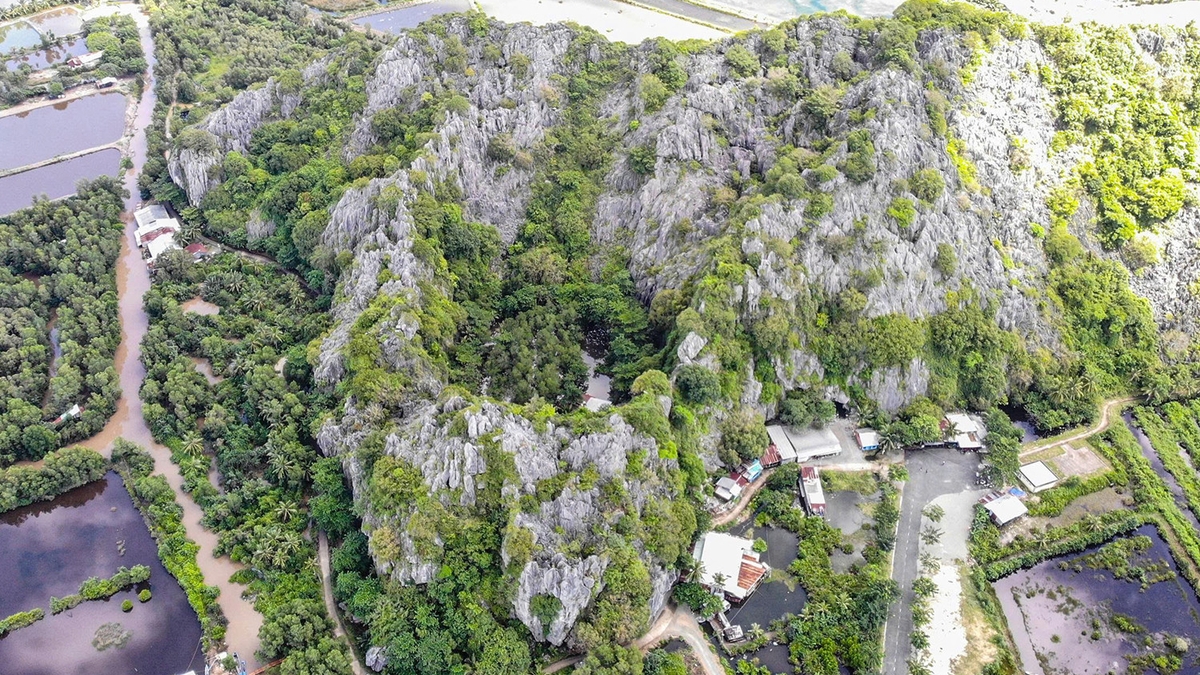


![[Photo] Unique architecture of the deepest metro station in France](https://vphoto.vietnam.vn/thumb/1200x675/vietnam/resource/IMAGE/2025/11/14/1763107592365_ga-sau-nhat-nuoc-phap-duy-1-6403-jpg.webp)



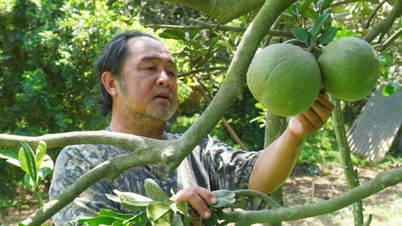
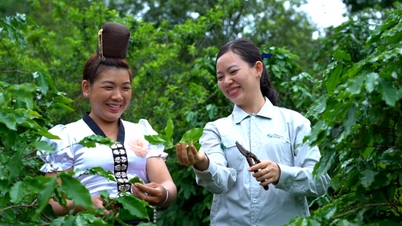

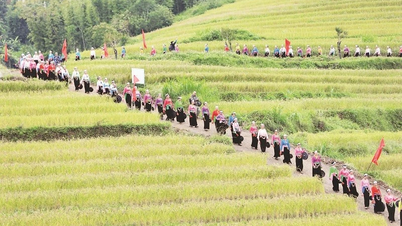








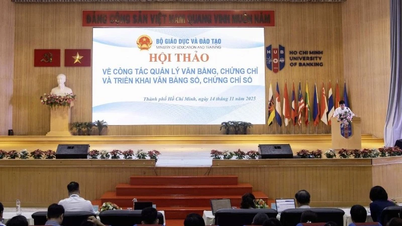
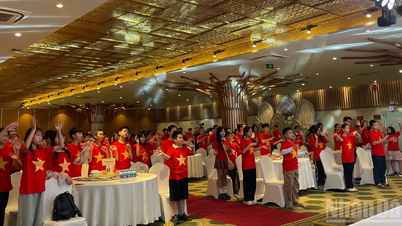
![[Photo] Special class in Tra Linh](https://vphoto.vietnam.vn/thumb/1200x675/vietnam/resource/IMAGE/2025/11/14/1763078485441_ndo_br_lop-hoc-7-jpg.webp)
![[Photo] Unique art of painting Tuong masks](https://vphoto.vietnam.vn/thumb/1200x675/vietnam/resource/IMAGE/2025/11/14/1763094089301_ndo_br_1-jpg.webp)






































































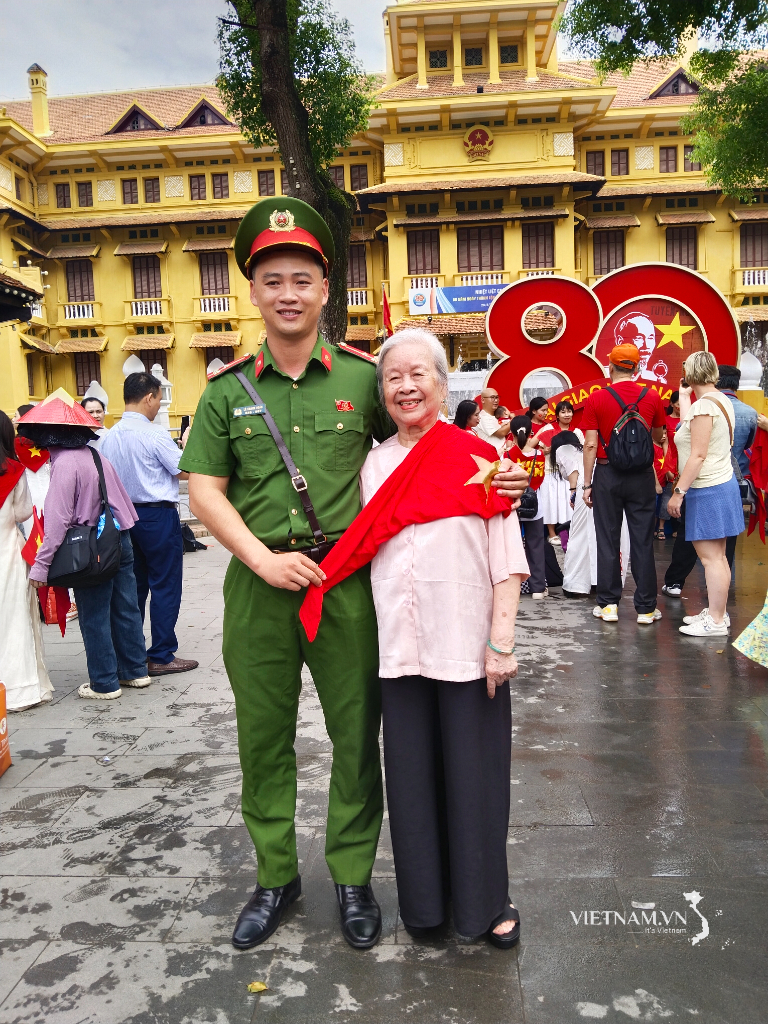


Comment (0)